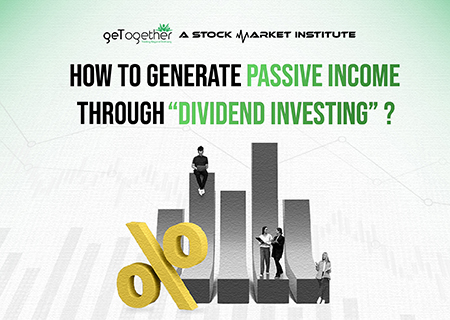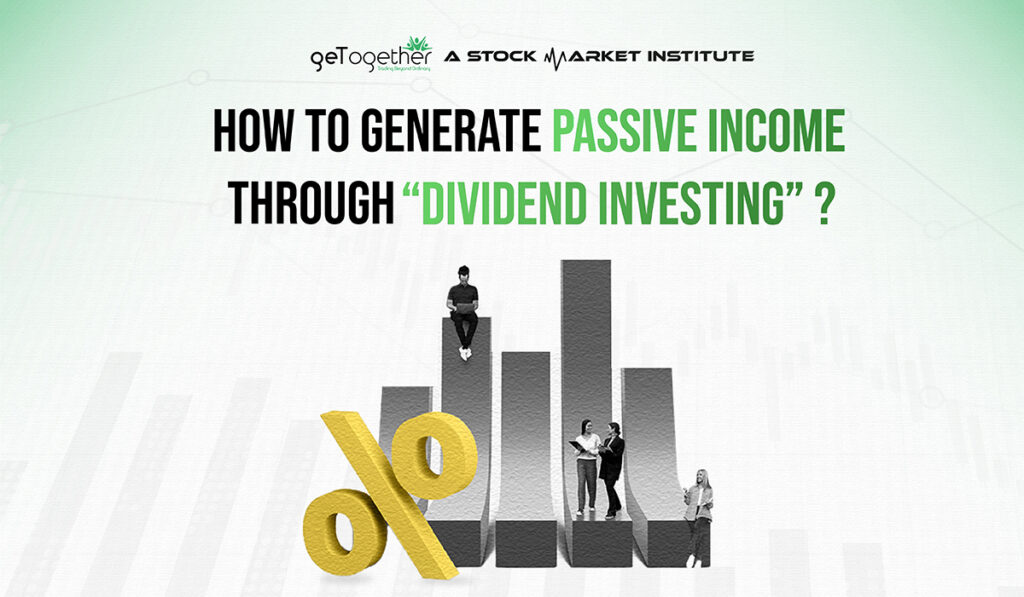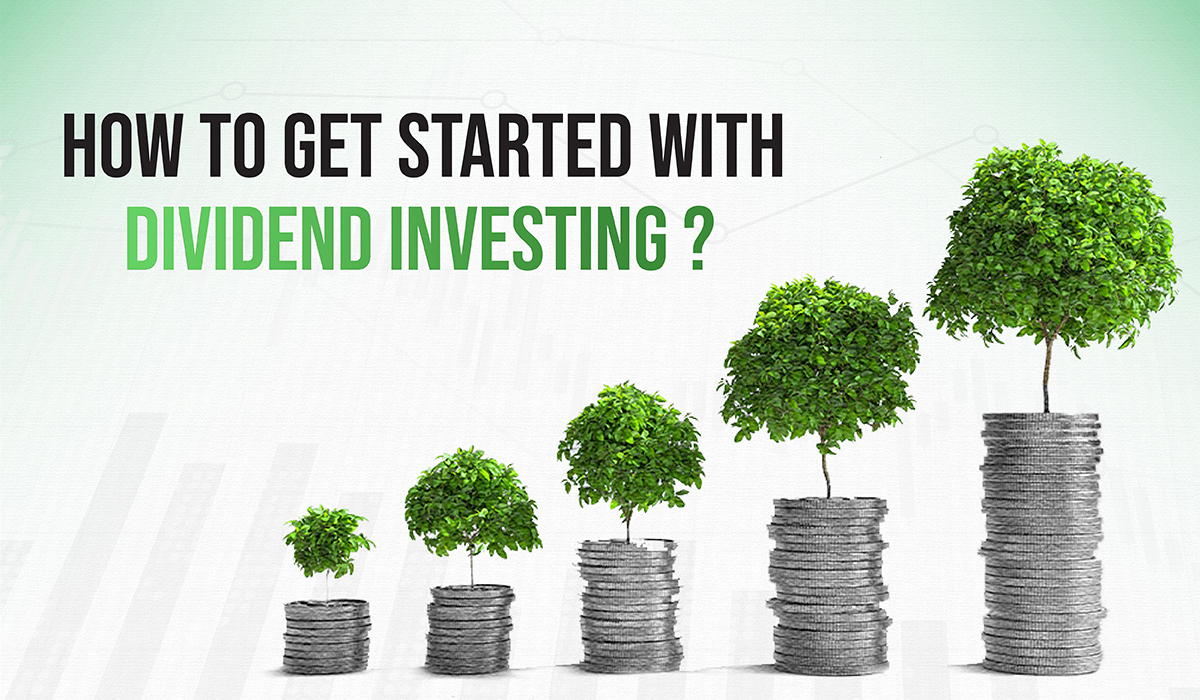How to Generate Passive Income through Dividend Investing


INTRODUCTION
Are you looking for a reliable way to generate passive income? Dividend investing might be the perfect strategy for you. By investing in dividend stocks, you can earn regular cash payouts while building long-term wealth. In this article, we will explore the world of dividend investing and provide you with valuable insights on how to generate passive income through this approach.
WHAT IS DIVIDEND INVESTING?
Dividend investing is a strategy where investors buy stocks that pay regular dividends. These stocks are typically from established companies that have a history of stable earnings and a solid track record of regular dividend payments. Investors can receive dividend payments quarterly, semi-annually, or annually, depending on the company’s earnings. These dividends can provide a consistent source of income, even during a market crash or correction.
ADVANTAGES OF DIVIDEND INVESTING
Dividend investing offers several benefits, including:
1. PASSIVE INCOME:
One of the biggest advantages of dividend investing is the regular income stream it provides. This passive income can be reinvested to purchase additional shares or used to cover daily expenses, providing a reliable source of cash flow for investors.
2. LOWER RISK:
Dividend-paying stocks are typically from established companies that have a long history of stable earnings, and strong background companies for eg, BPCL, COAL INDIA, etc. which makes them less risky than other stocks. Investing in dividend-paying stocks can also help lower overall portfolio risk. This is because dividend stocks tend to be less volatile than non-dividend-paying stocks, even during a market crash.
Additionally, since dividend-paying companies are typically established and financially stable, they are able to navigate economic storms, which reduces the risk of the company reducing or eliminating its dividend payments. This makes them a more reliable and low-risk investment option for those seeking passive income.
3. INFLATION HEDGE:
Dividends tend to increase over time, which helps investors keep up with inflation. Additionally, dividend-paying stocks can serve as an inflation hedge, In order to keep up with inflation, businesses raise product prices; as a result, profits and distributions rise., and because of this people receive high dividends at the time of inflation.
4. TAX BENEFITS:
Investors looking to reduce their tax burden may find dividends to be a great option due to their lower tax rates than other forms of income. In addition, qualified dividends (those that meet certain IRS criteria) are taxed at a lower capital gains tax rate, which can be even more beneficial for investors.
It’s important to note that not all dividends qualify for this lower tax rate, so it’s essential to do your research and understand the tax implications on your dividend investments. By taking advantage of these tax benefits, investors can keep more of their dividend income and potentially achieve even greater returns over time.
HOW TO GET STARTED WITH DIVIDEND INVESTING?

1. SEARCH DIVIDEND PAYING STOCKS:
For dividend investing, look for companies that have a past track record of paying regular dividends and steady earnings. Most importantly examine earnings statements, financial reports, and other relevant data of the company before investing. It is essential to look beyond the company’s dividend history when researching dividend stocks. Ideally, let’s consider the organization’s future development potential, peers in the industry, and in general financial well-being. Take into consideration the company’s debt-to-equity ratio, growth in revenue, and stability of cash flow.
2. DIVERSIFY YOUR PORTFOLIO:
Don’t try to win everything at once. By investing in a variety of dividend-paying stocks from various industries, you can diversify your portfolio. Diversification is vital to minimize the risk on your portfolio. You can spread your risk and increase your chances of generating a steady stream of passive income by investing in a variety of dividend-paying stocks from various industries. You might want to think about investing in businesses that operate in a variety of fields, including energy, healthcare, technology, and consumer goods.
Additionally, think about investing in organizations of fluctuating sizes, like huge-cap, mid-cap, and small-cap organizations. Your portfolio won’t be overly exposed to any particular industry or company because of this. Keep in mind that diversification can reduce risk, but it does not guarantee a profit or protect you from losses in a market that is declining. As a result, it’s critical to periodically assess your portfolio and make any necessary adjustments based on your investment objectives and risk tolerance.
3. KEEP AN EYE ON YOUR ASSETS:
To ensure that your dividend-paying stocks continue to achieve your investment objectives, keep an eye on them. Check your financial reports and other data regularly to see if you need to make adjustments in your portfolio or not. A crucial component of dividend investing is keeping an eye on your dividend-paying stocks. You ought to keep an eye on the financial performance of the company as well as any changes that might affect the dividend payments it makes.
Also, keep an eye out for any changes in the economy or market that could affect your investments. Dividend-paying stocks’ performance can be affected by government policies, economic downfall, and various economic factors. To reduce any potential risks, it is essential to remain informed and adjust your portfolio as necessary.
4. COMPOUNDING DIVIDENDS:
By compounding your returns over time, reinvesting dividend payments can build your wealth over time. Reinvesting in the portfolio from profit installments can be a strong methodology. You will be able to take advantage of the power of compounding and expand your holdings by doing so. Reinvesting additional shares can eventually result in even more dividend income, which can then be used to purchase additional shares and continue the cycle. You may be able to achieve your financial objectives more quickly and with fewer efforts with the assistance of this strategy. Nevertheless, it is essential to keep in mind that reinvesting in dividends might not always be the most beneficial choice.
5. TAKE A LOOK AT DIVIDEND ETF OR MUTUAL FUND:
If you don’t have the opportunity or mastery to explore individual profit-paying stocks, think about investing in a dividend-paying ETF or mutual fund. A dividend ETF or common asset is a sort of investment store that holds a broadened arrangement of dividend-paying stocks. Investing in dividend stocks can be made easier and more convenient by this method.
With a dividend ETF or mutual fund, you can benefit from the expertise of a professional fund manager who selects and manages the underlying stocks. However, before investing in any ETF or mutual fund, it is still essential to research particular ETFs and mutual funds. Invest in funds that have a solid track record of regular passive income, steady returns, and low expenses.
CONCLUSION
Dividend investing is an excellent way to generate passive income while minimizing risk. By investing in dividend-paying stocks, you can receive a regular income, hedge against inflation, and benefit from tax advantages. Remember to diversify your portfolio and monitor your investments to achieve your investment goals. If you’re looking to get started with dividend investing, consult with a financial advisor to create a plan that meets your needs and goals.
FAQs
1. How much money do I need to start dividend investing?
The amount of money needed to start dividend investing depends on individual preferences and goals. Some stocks can be purchased with relatively small amounts, while others may require larger investments. It’s important to consider your financial situation and investment objectives.
2. Are dividends guaranteed?
Dividends are not guaranteed. Companies have the discretion to decide whether to pay dividends and can change or suspend dividend payments based on their financial performance and other factors. It’s essential to research and invest in companies with a history of consistent dividend payments.
3. Can I live off dividend income?
It is possible to live off dividend income, but it depends on the size of your investment portfolio and the amount of income generated. Building a substantial dividend portfolio takes time and requires a long-term investment approach. It’s important to carefully plan and consider your financial needs.
4. Is dividend investing a good source of passive income?
Yes, dividend investing is a great source of generating a passive income, unlike other investment options, dividend-paying stocks are not affected by any market fluctuations or any market crash.
5. How can I evaluate the sustainability of a company’s dividend payments?
Several factors can help evaluate the sustainability of a company’s dividend payments. These include analyzing the dividend payout ratio, cash flow generation, historical dividend growth, and the company’s financial health. Additionally, researching the industry and market conditions can provide insights into the company’s ability to maintain dividends.
